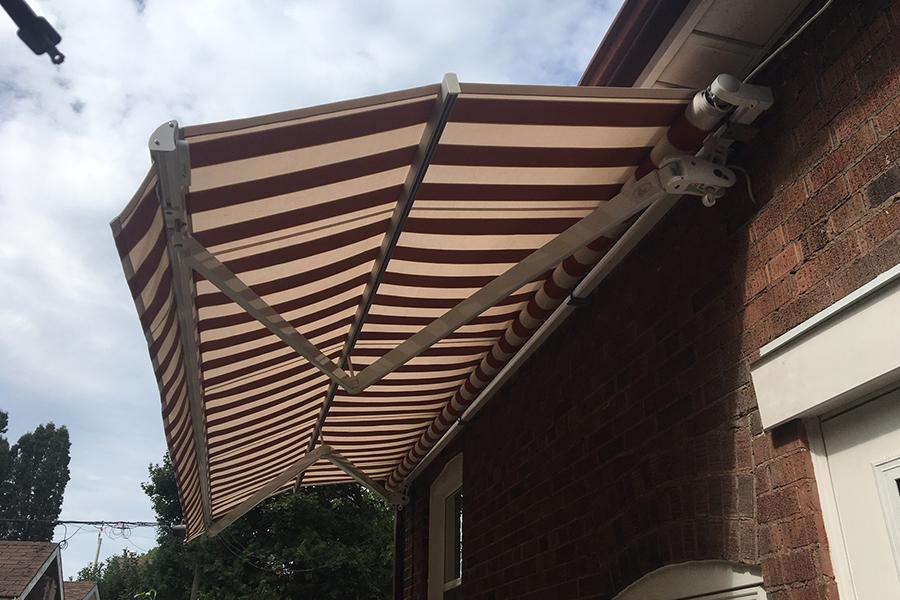What Is Retail Business: Definition, Types & Key Strategies

Introduction
When you walk into a store or shop online, you are interacting with a retail business. But what exactly is a retail business? Simply put, it is a business that sells products or services directly to the final consumer for personal use. The retail business acts as the last link in the supply chain, connecting manufacturers or wholesalers to customers. This blog will explore the meaning of retail business, different types of retail storefronts, the difference between wholesale and retail, effective sales strategies, and highlight examples like the top retail stores in the UK. By the end, you’ll have a solid understanding of what a retail business is and how it operates.
Understanding Retail Business: The Basics
A retail business purchases goods from wholesalers or manufacturers and sells them directly to consumers at a higher price. The profit comes from the difference between the buying price and selling price. Retail businesses can operate through physical stores where customers visit in person, or online platforms where purchases happen digitally. Some businesses combine both, offering a seamless experience across physical and digital channels.
Retail storefronts are the physical places where retail business happens—shops, boutiques, supermarkets, and more. These stores provide customers the opportunity to see, touch, and buy products immediately. On the other hand, online retail businesses allow customers to browse and purchase goods from anywhere, often with home delivery.
Types of Retail Business
There are three main types of retail businesses. The first is the traditional physical retail storefront. These stores offer a face-to-face shopping experience where customers can inspect products before buying. Convenience stores, clothing shops, and grocery supermarkets are all examples of this.
The second type is online retail businesses, where shopping happens via websites or mobile apps. These retailers operate 24/7 and have lower operational costs since they don’t require physical space. However, they need a strong logistics system to deliver products efficiently.
Lastly, hybrid or omni-channel retailers combine both physical stores and online presence. This model allows customers to buy online and pick up in store, or return items bought online to a physical location. Such integration is becoming a popular sales strategy to attract and retain customers.
Wholesale or Retail: What’s the Difference?
It’s common to confuse wholesale with retail, but they are quite different. Wholesale businesses sell products in large quantities, usually to retailers or other businesses. They focus on bulk sales at lower prices, targeting buyers who will then resell those products.
Retail businesses sell smaller quantities directly to the end consumer for personal use. For example, a wholesaler might sell 100 pairs of shoes to a retailer. The retailer then sells individual pairs to customers at a markup. The key difference lies in the target customer—wholesalers sell B2B (business to business), while retailers sell B2C (business to consumer).
Effective Sales Strategies for Retail Success
Successful retail businesses employ a range of sales strategies to attract and keep customers. Promotions and discounts are a common method, offering limited-time deals or bundled products to encourage purchases. Loyalty programs reward frequent buyers with points, discounts, or free items, helping to build customer loyalty over time.
Visual merchandising, the art of arranging products attractively in the store, plays a big role in influencing buyers. Well-organized displays make shopping easier and more enjoyable. Additionally, cross-selling and up-selling techniques suggest related or premium products to customers during their purchase journey, increasing sales value.
Modern retail businesses also rely heavily on omni-channel marketing—using online ads, email campaigns, and in-store promotions together to reach customers wherever they are. Hosting local events or pop-up shops can boost foot traffic and create buzz in the community.
Examples: Top Retail Stores in the UK
Looking at the retail landscape in the UK can help illustrate the variety and scale of retail businesses. The UK has a mix of large supermarkets offering a wide range of groceries and household items, high-street fashion stores selling clothing and accessories, and many online-only retailers catering to niche markets. These examples show how retail businesses adapt to different customer needs and market demands, whether through physical storefronts or digital platforms.
What is thokmandee?
thokmandee is a wholesale platform designed to simplify the buying process for retailers and small businesses. The name “thokmandee” roughly translates to "wholesale market" in South Asian languages, reflecting its core mission: to make wholesale trade accessible, efficient, and digital.
thokmandee connects retailers directly with manufacturers and wholesalers, eliminating unnecessary middlemen. This results in better pricing, wider product choices, and faster delivery times. The platform is especially helpful for small retailers who traditionally struggle with sourcing products at competitive rates or managing logistics.
By digitizing the wholesale experience, thokmandee is modernizing how businesses buy and sell in bulk—empowering both sides of the trade. It's an emerging player in the wholesale market space, particularly useful in regions where informal wholesale markets dominate and lack transparency.
How to Start or Improve a Retail Business
If you’re thinking of starting a retail business, there are several important factors to consider. First, knowing your customer is crucial. Understanding their needs, preferences, and shopping habits helps you stock the right products and offer relevant services. Choosing the right location for a physical store or the right platform for an online shop can make a significant difference in your success.
Pricing is another important aspect. You need to set competitive prices that cover costs and still offer value to customers. Clear signage and product descriptions enhance the shopping experience, making it easier for customers to make purchasing decisions.
Marketing efforts should focus on both attracting new customers and retaining existing ones. Social media, local advertising, and email marketing are useful tools. Finally, training your staff to be knowledgeable and friendly ensures customers receive good service, which encourages repeat business.
Conclusion
In summary, what is retail business? It is the process of selling goods or services directly to consumers through physical or online storefronts. Retail differs from wholesale by focusing on individual customers rather than bulk sales. Strong sales strategies, including promotions, loyalty programs, and omni-channel marketing, are essential for retail success. Whether you’re running a small local shop or an online store, understanding these fundamentals can help your retail business thrive. Ready to take your retail idea forward? Start applying these insights today and watch your business grow!
FAQs About Retail Business
What is a retail storefront?
A retail storefront is a physical location where customers can visit to browse and buy products directly.
How does retail differ from wholesale?
Wholesale sells goods in large quantities to businesses, while retail sells products in smaller amounts directly to consumers.
Can a retail business operate online only?
Yes, many retail businesses operate exclusively online without physical stores.
Why are sales strategies important in retail?
They help attract more customers, increase sales, and build long-term loyalty.
What makes a retail business successful?
Key factors include great customer service, the right product mix, competitive pricing, effective promotions, and understanding customer needs.








